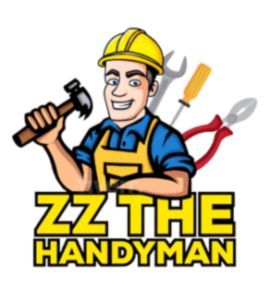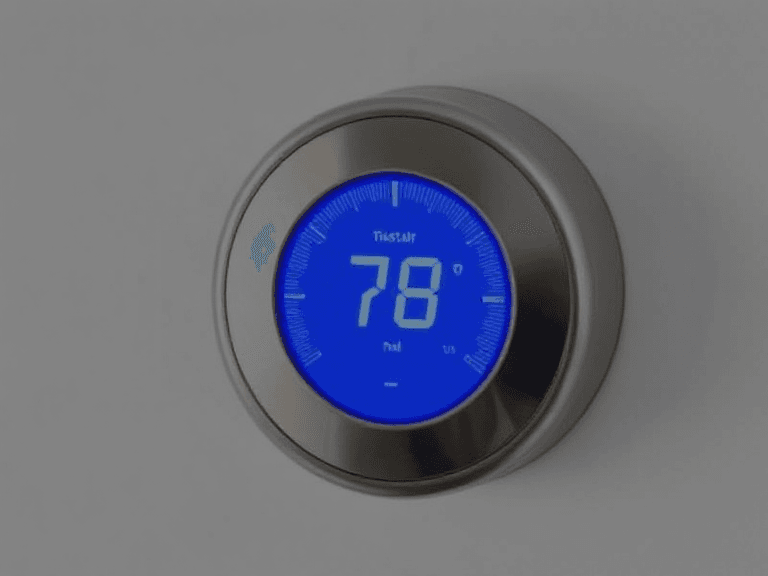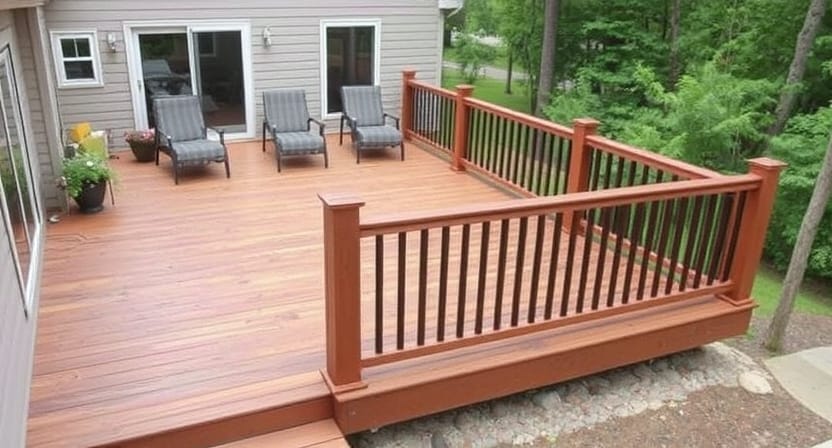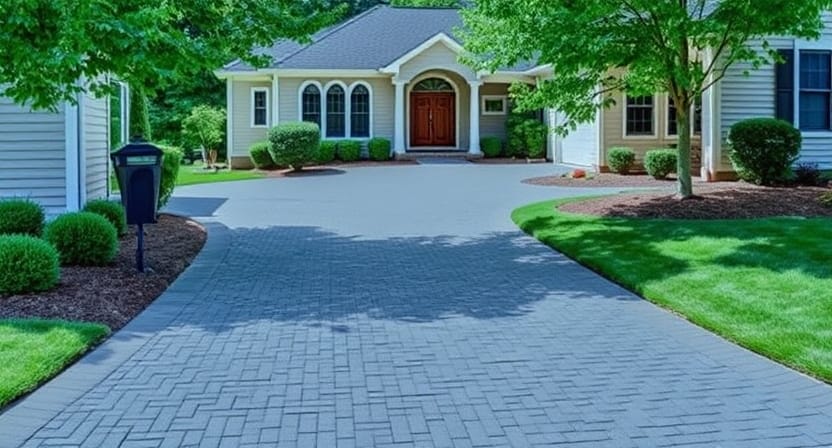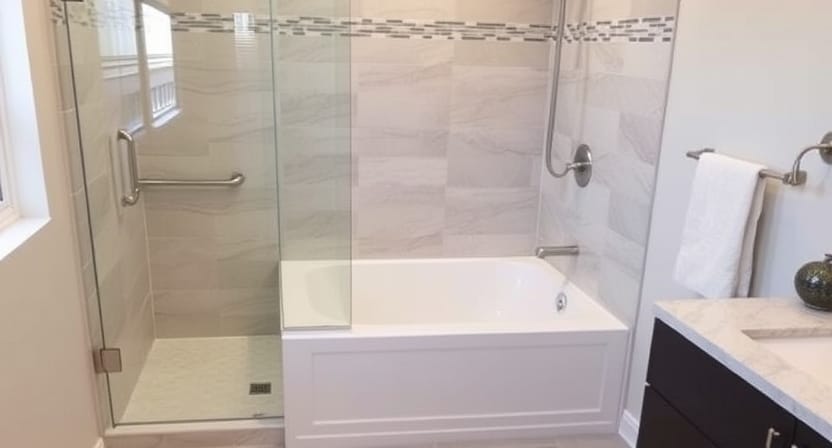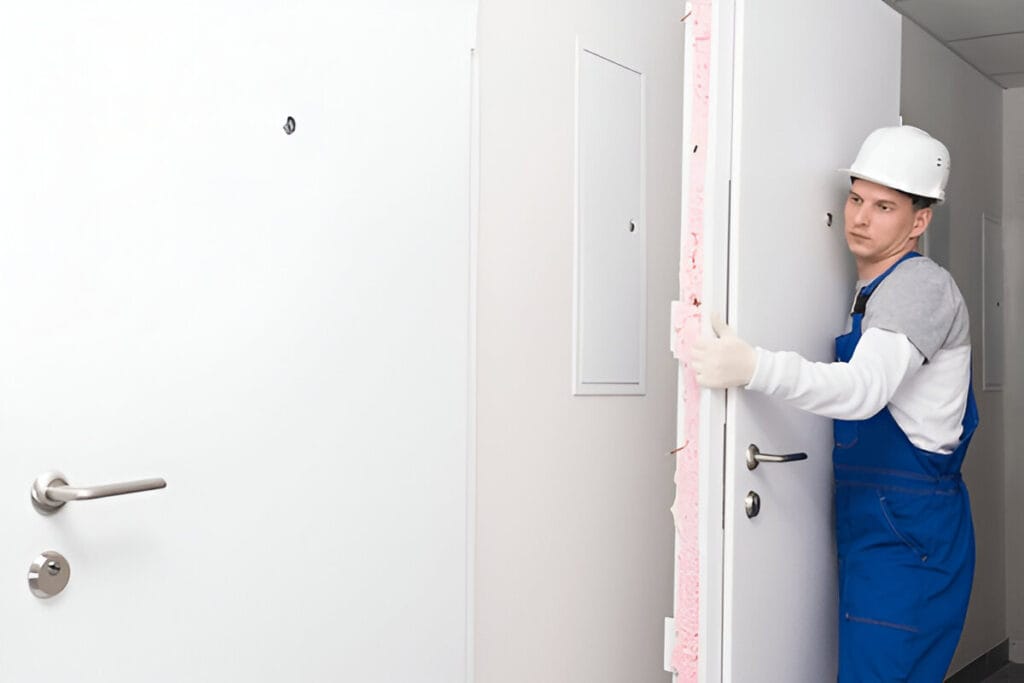Doors are essential components of any building, serving as both entry points and aesthetic features. Over time, they endure wear and tear, leading to a need for repair or replacement. Whether you are dealing with a creaky hinge, a misaligned frame, or a complete overhaul, understanding the process and benefits of door replacement and repair can save you time, money, and frustration. Why Door Repair and Replacement Matter Doors are more than functional barriers; they contribute significantly to your home’s security, energy efficiency, and visual appeal. A damaged or outdated door can compromise safety, allow drafts, and detract from your property’s overall value. Repairing or replacing a door not only restores its purpose but also improves the quality of life in your space. For example, entry doors are your first line of defense against intruders. A weak or damaged door could become a vulnerability, while a sturdy replacement enhances security. Similarly, interior doors play a vital role in maintaining privacy and noise reduction within your home. A broken latch or warped frame can disrupt the comfort and usability of your living spaces. Signs Your Door Needs Repair or Replacement 1. Difficulty Opening or Closing: If your door sticks, scrapes the floor, or refuses to shut properly, it may be due to structural issues or swelling caused by humidity. 2. Visible Damage: Cracks, holes, or peeling paint not only affect the door’s appearance but can also weaken its functionality. 3. Drafts and Poor Insulation: A door that lets in cold air or leaks heat may have gaps or damaged weatherstripping. This can increase your energy bills and reduce comfort. 4. Excessive Noise: Creaky hinges or loose fittings can make every movement a hassle, signaling the need for maintenance. 5. Outdated Design: Sometimes, a door replacement is less about functionality and more about updating the style of your home. The Process of Door Replacement and Repair The scope of work depends on the extent of damage or the homeowner’s goals. A simple repair might involve tightening hinges, replacing a lock, or adding weatherstripping. More complex issues, like rot in the door frame or structural misalignment, may require professional assistance to ensure durability and safety. When it comes to replacement, homeowners have a wide variety of options, including materials (wood, steel, fiberglass, or composite), designs, and finishes. Modern doors offer enhanced energy efficiency, improved security features, and customizable aesthetics. A professional can assess your needs and recommend the best choice to complement your home. Benefits of Professional Help While some minor repairs are manageable as DIY projects, most door repair and replacement tasks require specialized tools, skills, and expertise. Hiring a professional ensures the job is done correctly, saving you from potential headaches and additional expenses down the line. Professionals have the experience to address underlying issues, such as improper installation or structural damage, that might not be obvious to an untrained eye. How Door Repair and Replacement Enhance Your Home Investing in door maintenance has numerous advantages. Here’s how repairing or replacing doors can transform your home: 1. Boosted Curb Appeal: A beautiful new front door can dramatically improve your home’s exterior, creating a positive first impression for visitors and potential buyers. 2. Increased Energy Efficiency: Modern doors are designed to minimize air leakage, keeping your home comfortable year-round and reducing energy costs. 3. Improved Security: New locks, reinforced materials, and better installation practices can enhance your home’s protection. 4. Enhanced Functionality: Repaired or replaced doors operate smoothly, providing convenience and comfort in everyday use. 5. Higher Property Value: Upgrading your doors is a cost-effective way to increase the resale value of your home. Case Studies: Helping Homeowners with Door Solutions Countless homeowners have benefited from professional door repair and replacement services. One family struggled with a warped front door that allowed drafts during winter, leading to high heating bills. After replacing it with a fiberglass option, their home became more energy-efficient and comfortable. Another homeowner faced constant frustration with a misaligned sliding glass door to their patio. Repairing the track and updating the rollers restored ease of use and revived the connection to their outdoor space. Trust the Experts for the Best Results When it comes to door replacement and repair, working with experienced professionals makes all the difference. They bring the knowledge, tools, and expertise needed to handle a range of door issues, ensuring a high-quality finish that lasts for years. From selecting the right materials to executing precise installations, professionals can help you achieve the results you desire with minimal hassle. If you’re looking for reliable, efficient, and top-quality door services, ZZ the HandyMan is here to help. Whether it’s a quick repair or a full replacement, you can count on expertise and dedication to transform your doors and your home. Call today to schedule your consultation and experience the difference a professional touch can make!
